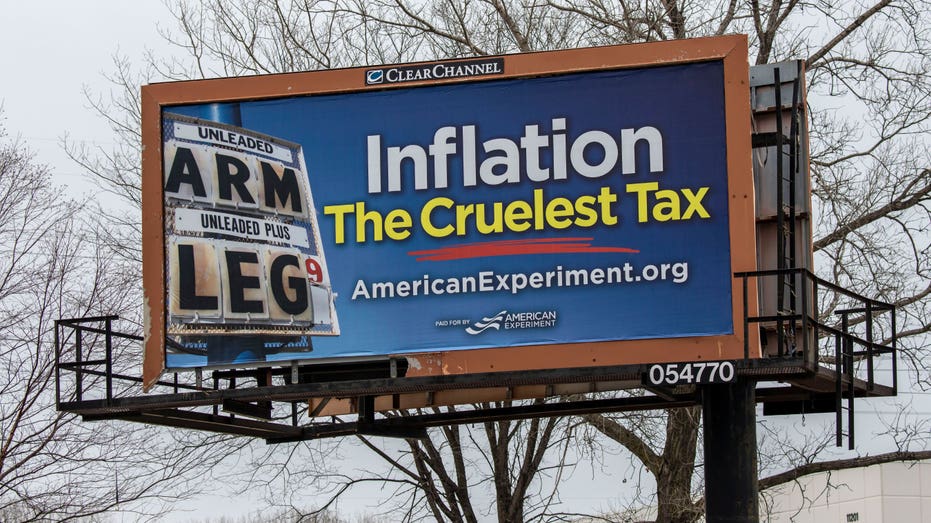Inflation calculator: See how higher prices are hitting your wallet
See how much more you are paying for items using this inflation calculator
White House blames corporations for price gouging amid inflation
Corporations are facing investigations as the White House faults large companies. FOX Business’ Lydia Hu with more.
Americans are wrestling with the highest inflation in a generation, and the surging prices for everything from gasoline to food are rapidly eroding consumers' purchasing power.
The government reported last month that consumer prices jumped 6.8% in November from the previous year, the fastest inflation pace in 39 years. Fueling the price spike has been necessities like food, energy, housing and clothing – goods that millions of households rely on in their daily lives.
WHERE ARE SURGING CONSUMER PRICES HITTING AMERICANS THE HARDEST?
Although many workers have seen a strong gain in wages and salaries in recent months, the pay jump has not kept pace with the inflation surge: The Labor Department reported recently that average hourly earnings for all employees actually fell 1.9% in November from the previous year when accounting for higher prices.

Traffic passes a downtown Los Angeles gas station where a gallon of gas costs over $6 on Dec. 10, 2021. (Photo by FREDERIC J. BROWN/AFP via Getty Images) / Getty Images)
For anyone who wants to track rising prices and see how they affect your purchasing power, the Bureau of Labor Statistics provides a useful CPI Inflation Calculator. The tool allows users to see how the cost of an item has changed over time: For instance, something that cost $200 in January 2020 would now cost $215.49 due to inflation.
The heightened financial pressure on millions of households has been bad news for President Biden, who has seen his approval rating plunge as consumer prices rise. The White House has blamed the price spike on supply chain bottlenecks that have overwhelmed ports and warehouses and other pandemic-induced disruptions in the economy, while Republicans have pinned it on trillions in government stimulus and ultra-easy monetary policy engineered by the Federal Reserve.
The result has been broad-based increases for most goods, including electronics, household furniture, gasoline, rental cars and food. Food prices in November jumped 6.8% from the year-ago period, with staggering year-over-year increases for beef and veal (20.9%), bacon (21%), pork chops (12.7%), fish (8%) and chicken (9.2%). Used car prices, meanwhile, soared a stunning 28% from November 2020.

Billboard on the cruelties of inflation in Coon Rapids, Minnesota (Universal Images Group via Getty Images / Getty Images)
Over the past 12 months, the costs paid by a typical American family have jumped by $3,500, according to an analysis from the Penn Wharton Budget Model, a nonpartisan group at the University of Pennsylvania's Wharton School.
GET FOX BUSINESS ON THE GO BY CLICKING HERE
Among the hardest hit by the inflation surge are lower-income households, largely because they collectively spend more on energy – which has seen some of the wildest price swings over the past year – while wealthy Americans spend more on services, which has seen the smallest inflation increases.
Based on 2020 spending data, the bottom 20% of income earners likely saw their consumption expenditure increase by 6.8% to $2,120 per household last year, while the top 5% saw a 6.1% increase, or roughly $7,636 per household, according to the Penn Wharton analysis. Middle-income earners also saw a large increase in expenses, with an increased consumption expenditure of $4,351, or an increase of 6.8%.





















